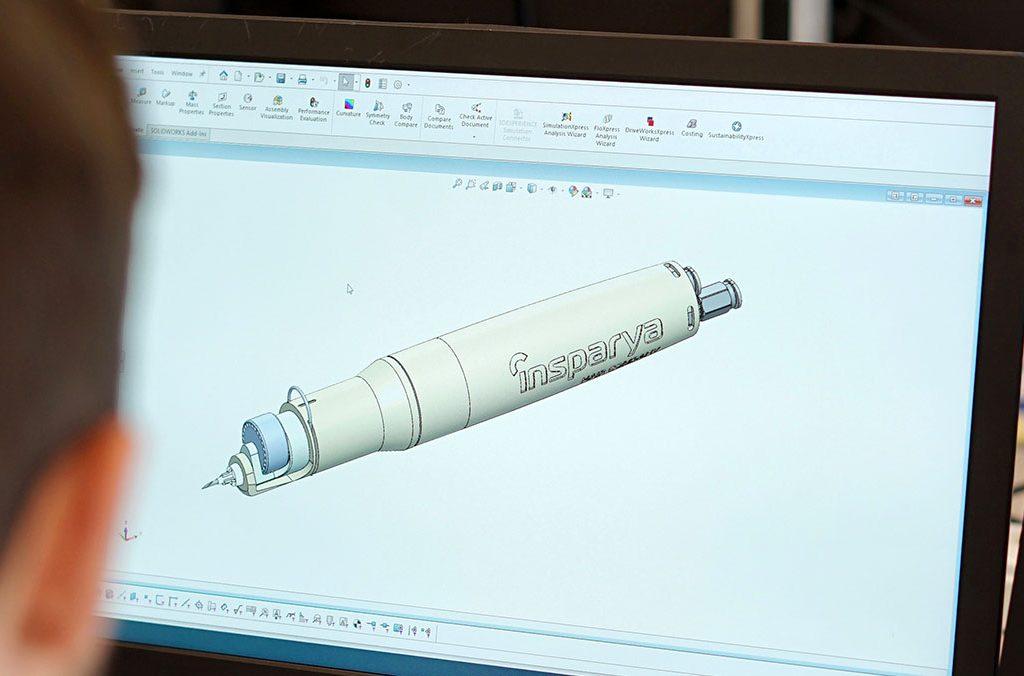
Implantation Device
The implantation procedure is performed by placing the follicular units one by one in the implantation region. This process is highly demanding and tiring, as it requires implanting around 4,000 follicular units per hair transplant.
To perform this task, a clinician first places the follicular unit in the implanter pen needle. Forceps must be used to transfer the follicular unit from the preservation solution to the implanter pen. Once close to the tool, the clinician manually introduces the follicular unit into the implanter pen needle in a careful manner. Handling the follicular unit is critical at this stage, and it can damage the follicular unit if not done properly.
After loading several of these implanter pens, another clinician who is closer to the patient prepares each implanter pen – again, one at a time – and discharges the follicular unit into the hole previously made in the transplant area. This entire process is repeated iteratively until all follicular units are implanted. You can imagine how tiring and repetitive this task can be. Each clinician must make 4,000 movements, and they have to be precise.
Tool description
Given all the limitations and problems identified, we have come up with a new solution to perform this task, a solution that’s different from anything else available on the market.
We have developed an innovative tool to facilitate the implantation process and improve the patient’s results, as well as to decrease the workload on clinicians. This way, we’re improving their performance, which also leads to better results.
The implanter tool has a barrel with 25 holes that are filled with follicular units. Once this barrel is filled, the clinician can implant these 25 follicular units into the implantation area without any extra movements. This new tool decreases the number of movements from 4,000 to only 160.
At Insparya, we differentiate between follicular units with only one hair follicle, two follicles, and three or more follicles. They are identified as such by barrels of different colours; this is quite important because this differentiation affects the implantation procedure. Our solution to achieve better-looking results for the patient is based on implanting follicular units with only one hair in the hairline specified by the patient (the frontal hairline). It is important to do so because this is what happens naturally with our hair. We then use the follicular units with multiple hairs to fill in the area delimited by the hairline, thus leading to better results. If we use follicular units with multiple hairs along the hairline, the end result would not be as good – the so-called “doll hair” effect.
By using this tool, we can shorten the procedure time and the workload for clinicians. With less fatigue, clinicians can also achieve better results.
Benefits
- Faster procedures.
- Less handling of follicular units.
- Less damage to follicular units.
- Less workload for the clinicians involved.
- Better results for the patient.
